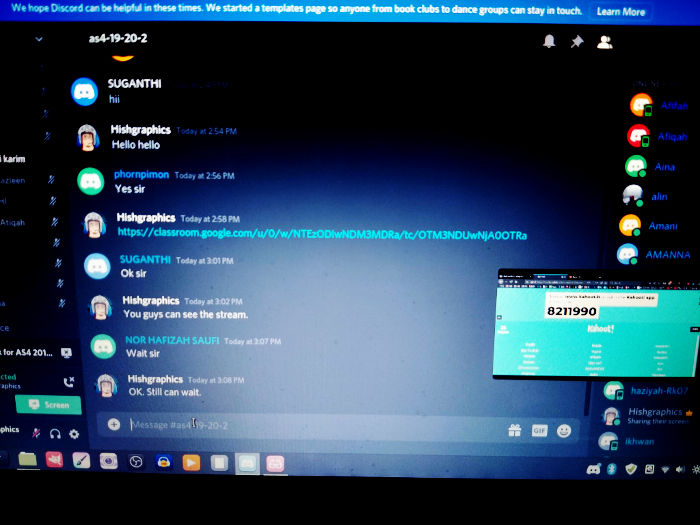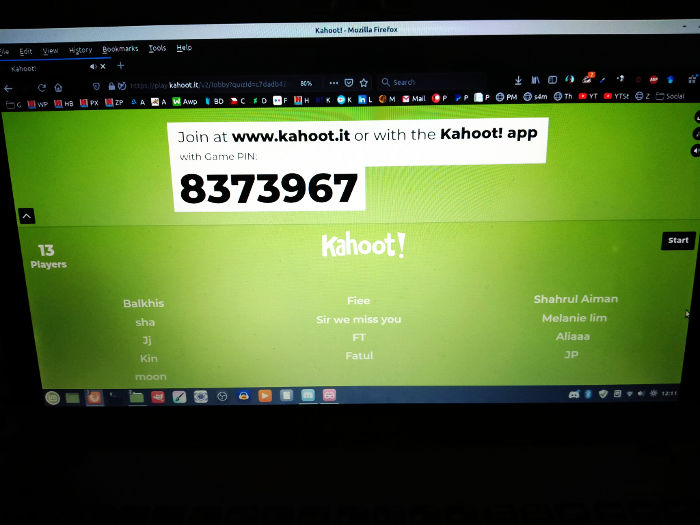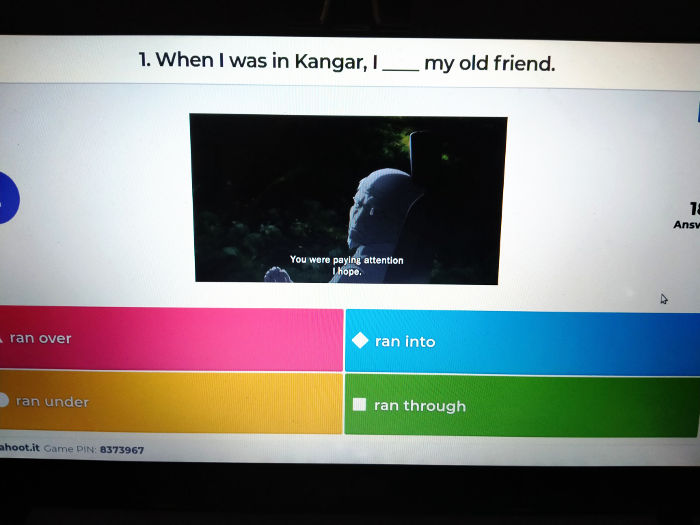After three weeks, I have formed some thoughts on remote online teaching as one is wont to do.
First of all, here are the tools I have been using to teach.
Tools of the Trade
For synchronous teaching, i.e. where students are required to be online the same time as I am, I have been using Google Meet to address them. Also, I have been using Google Forms embedded in Google Classroom for the students to mark themselves as being able or unable to join the class. If there could not, then they should write their reasons why. This is not a punitive requirement because I, and the department, need to know what issues arise during these sessions with which we could improve them.
As an aside, I have been using Discord for the last two weeks.
Also, I employ our classes’ respective WhatsApp channels (which everyone in the class is a part of) to address those who are unable to log into Google Meet.
For asynchronous teaching, i.e. where I give students material and activity for them to complete on their own time, my primary tool is Google Classroom. Sometimes I create video of myself giving a lecture based on the week’s lesson plan. I enhance the lesson plan with links to relevant webpages and YouTube videos.
Usually I use Google Forms to create quizzes. Lately, I have been assigning Quizizz and Kahoot! activities which I could embedded in Google Classroom. Once, I had the students submit a YouTube short video presentation via Google Classroom.

Students on Discord

Students on Kahoot!

Chief Aramaki on Kahoot!
Issues
The teaching part of online teaching is excellent. I love it immensely especially when students respond well and in time via the various tools mentioned above.
However, there are issues that I have experienced.
Student Connectivity
First of all, not all students possess a postpaid land line-connected router for their internet connection. This causes a lot of problems for students with unstable connectivity to log into resource-heavy apps like Discord. The result is not everyone can connect with me during synchronous sessions. Furthermore, weather greatly affects the quality of their internet connection. Rain could prevent students from hearing my voice, or even worse, log onto the system.
This also means that I have to look for resource-lean methods with which to disseminate my talks.
Attendance Taking
Second of all, the quarantine took everyone by surprise. One of the results of this is that we, the educators, are unprepared for many aspects of online teaching. I know I was, although I took it as a challenge to implement online learning en masse.
For one, we have to take attendance of our students using whatever tools we have on hand, as long as we could reproduce the primary attendance file when needed during an audit.
But in the meantime, we also have to submit an online class report by Google Forms to the management. It takes a long time to refill more-or-less the same information into the Google Forms every week per class. Then I have to sift through the Google Sheets (generated by each class’ attendance Google Form) to see who succeeded in attending. Sometimes a student submitted twice for whatever reason and I would need to check if both entries tally. Usually, they do not.
This extra work also eats up lesson planning and assessment time for me.
Assessment Records
Finally, for the assessment activity, each teacher has the rubric, but we need to create our own records for assessment purposes. Either we write it down on a piece of paper or we create a spreadsheet for it. I made a Google Sheet for this, with columns that will automatically total each student’s marks based on the individual rubrics.
Because this is something I have not done before at this scale, I hope this does not backfire for unforeseeable reasons.
Possible Solutions
Attendance
Perhaps the-powers-that-be could develop a centralised attendance database for students to manually check themselves in at the correct time for their scheduled synchronous sessions wherever they are located. The information should be collated in this database and educators and administrators could display them as reports in effective ways.
This would remove educators as the primary monitor of attendance and then having to write a report for each class. At most, the teachers would remind the students to check in their attendance during the class.
Tools
Each faculty and school should form committees to learn about available online tools. This is to connect the best tool for the relevant course. Each course has its own methods of lesson delivery and student assessment. The committee should compile these, and ultimately compare and compile all tools and methods from every committee.
Another subcommittee for the whole university should determine and approve common tools that every course should use. Unapproved tools should not be employed during official teaching. Each teacher should know what tool should be employed for the scheduled lesson during the scheduled week of the course.
Also, there should be a way to have a centralised database for online student activity and assignments. I have no idea how to develop it, but a dean or a course coordinator should not need to ask for a teacher to share their Google Drive files to be able to refer to their work therein. It should be automatic and part of the university data infrastructure.
A Final Word
I realise that we do have an in-house Moodle-based e-learning system. I used it for two semester a couple of years ago before the great data purge that deleted a number of unique documents and quizzes that I had written in my space of the e-learning system.
We could improve on this system. For example, a more streamlined monitoring process where a course coordinator and the academic coordinator would be able to access the course material and student work within.
Additionally, with proper planning, the course coordinator could compile the teaching material, quizzes and assessments, then submit it to the e-learning administration. Then the e-learning administrators could disseminate the entire compiled materials to each teacher of the course, for them to use and customise in their lessons. Also, replacement teachers could easily take over another’s class if the latter is indisposed for whatever reasons.
In conclusion, I planned to write something fun about my online teaching experiences in this blog post, but my brain got away from me before I realised it.

